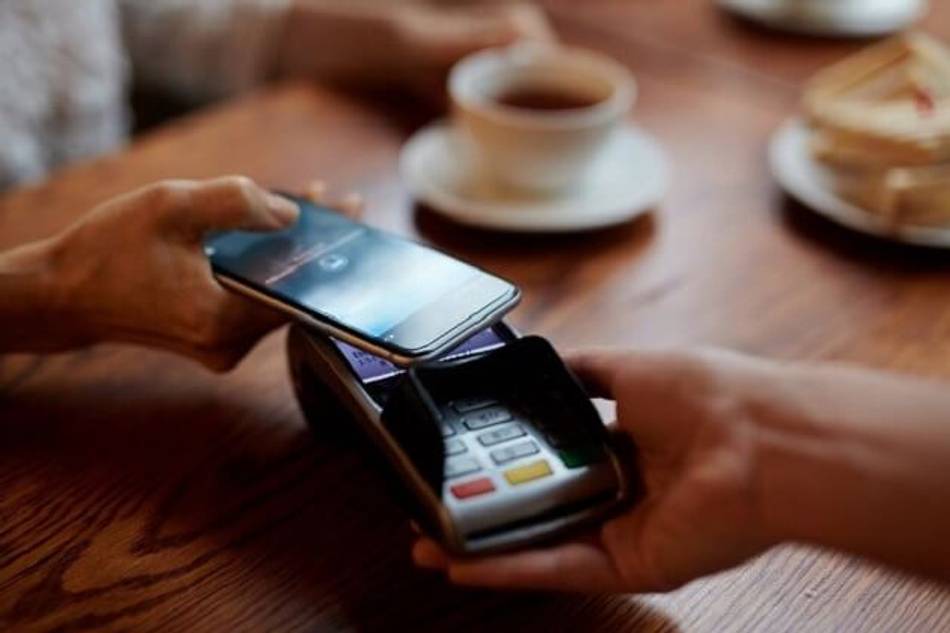Retailers are seeing more mobile payments, and less cash, used in transactions…
In 2017, for the first time ever, retailers saw cash used in less than half of all transactions. UK customers used their mobile phones to spend nearly a billion pounds at the checkout**,** marking a year-on-year rise of **a 328%.**
According to Clearly Payments, updated figures in 2024 show “In 2021, cash was used for approximately 20% of all transactions. Fast forward to 2024, and the downward trend persists, with reports indicating that cash payments now represent a mere 16% of all transactions.” With Apple Pay, Google Pay and Samsung Pay all gaining increased popularity.
But just what exactly are mobile payments and why is its increased popularity important for businesses?
Going mobile
Many people confuse paying via a mobile phone app with online payments using a mobile phone.
It’s important to be aware of the difference; mobile payment (sometimes referred to as mobile money, mobile money transfer or mobile wallet) generally refers to payment services operated under financial regulation and performed from or via a mobile device.
Still, mobile comes in many different forms; it can be people shopping from their mobile devices to checking and comparing product details while out and about. It can be paying from a digital wallet, in-app or social media payments, or can be mobile POS, taking the till in the form of a tablet or smartphone to the customer for customer assisted selling.
The benefits
This is significant for businesses for a few reasons. If consumers pay using their mobile, the limit is much higher than £30, although few realize this.
A customer’s mobile phone provides additional authentication via fingerprint or other verification method, so the risk to the card issuer is much lower. As this becomes more commonly known, so transaction values and volumes are likely to increase even further.
Another key advantage of mobile digital payments is the ability to collect customer data – for both marketing use and to send online receipts. This allows retailers to build a relationship with the customer after they have left the store.
By also positioning digital payments alongside loyalty and reward schemes, the major goal is to drive customer acquisition and retention.
Consumers were sceptical about contactless technology when it was first properly introduced in 2007 and research suggests mobile payments are widely misunderstood by consumers.
But since banks have strengthened security, fears of fraud and scamming have eased and consumers are expecting to pay contactlessly for lower value products everywhere.
And mobile payment is likely to follow suit. There’s no need for a new card or device equipped with the right technology, customers need now just download the app and input details. What’s more, it means customers don’t have to remember their card every time they leave the house.
Whilst take-up of the new payment method hasn’t been overwhelming, businesses should be ready for that to change.
All small businesses should now take card and, at XLN Pay, we have a range of options to suit your business type; from countertop to portable to mobile. We offer small business-exclusive deals on card machines and portable payments, and our price promise means we’ll beat whatever price you’re paying now. Head to here to find out more.
Image credit: https://bit.ly/2IhcoHq




